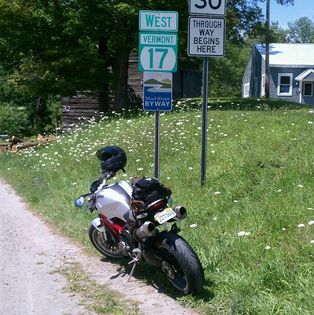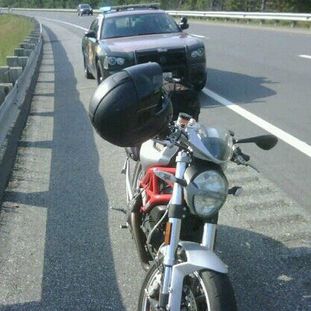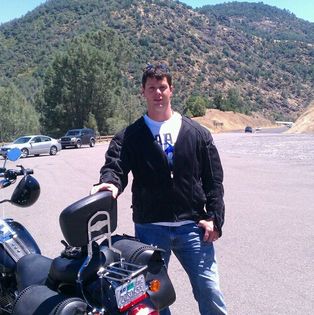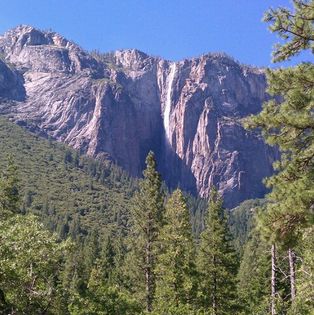By Bobby Surber
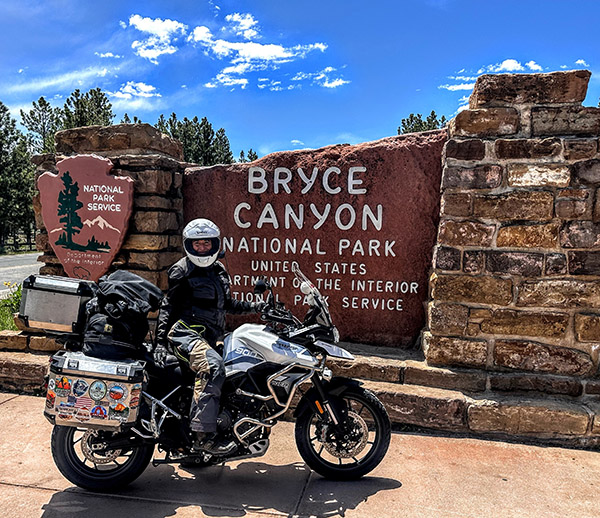
Highway 12, also known as Utah State Route 12, is an awe-inspiring scenic byway in southern Utah that holds the prestigious title of being an “All-American Road.” Stretching approximately 124 miles, this route captivates travelers with its breathtaking landscapes and unforgettable views.
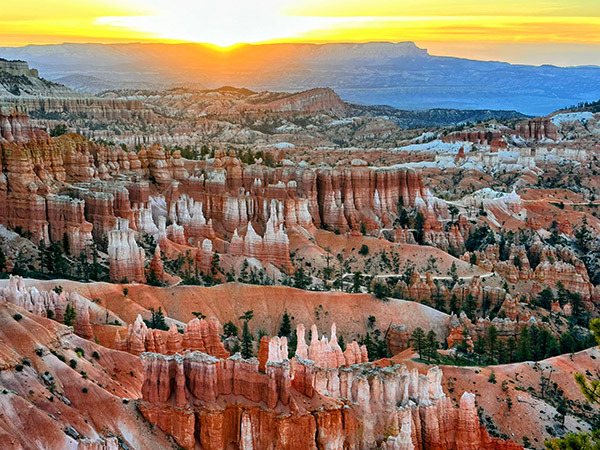
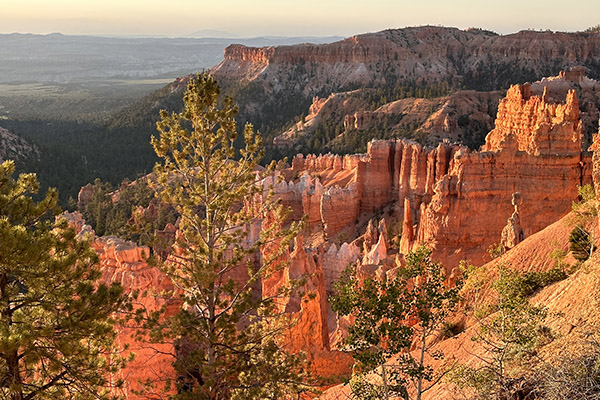
Starting near Panguitch, my journey along Highway 12 began with mounting excitement as the first red arches came into view. I took a short detour off of Route 12 to immerse myself in the famous hoodoos and trails of Bryce Canyon National Park. Lucky enough to secure a campsite at Sunset Campground, I made quick work of setting up my camp and heading out for a long afternoon hike. The next morning I witnessed a magnificent sunrise casting a warm glow over the canyon, illuminating the striking hoodoos and crimson rocks, a memory I won’t forget! A one-night stay in Bryce leaves one unsatisfied and longing for more time to explore her magnificent trails.
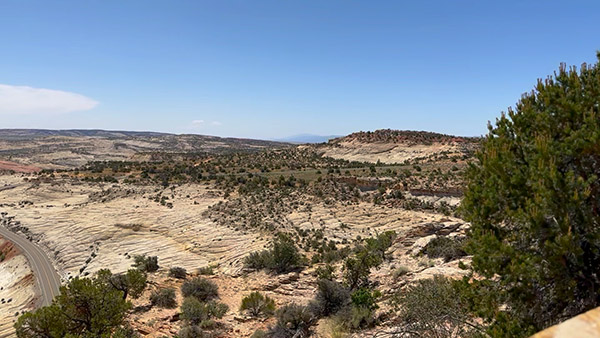
Continuing my adventure the following morning, I eagerly resumed my route on Highway 12, heading towards my favorite section of the road, high above the captivating Grand Staircase-Escalante National Monument. This expansive and remote region boasts rugged canyons, vibrant cliffs, and extraordinary geological formations. The landscape and its impossible rock formations treated me to endless twisties, creating a sense of otherworldliness. My Triumph Tiger 900 GT Pro was as happy as I was as I relaxed into the ride and allowed her to remind me again what her three cylinders can do. Both of us were in sync as we leaned into curve after curve and blasted down to the bottom of the canyon.
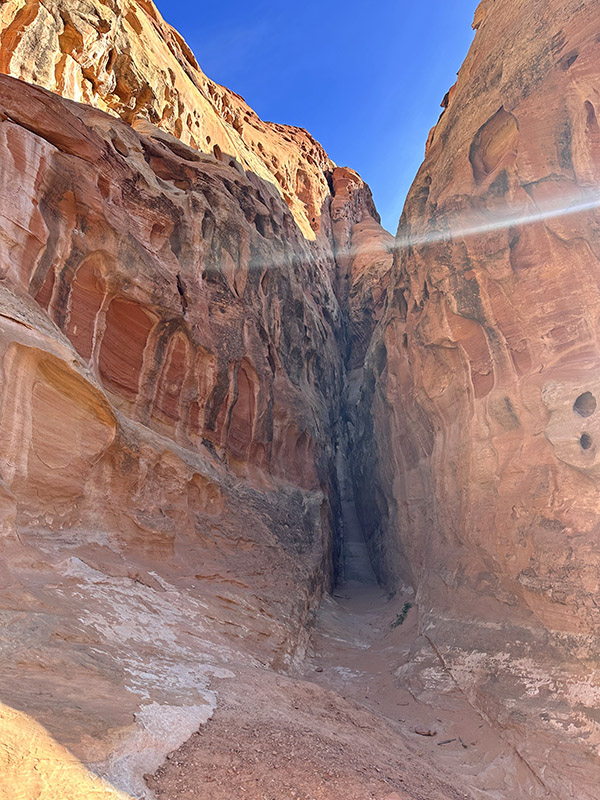
For those with extra time, I highly recommend exploring nearby slot canyons such as Peek-a-Boo and Spooky Gulch, which offer outstanding hiking experiences.
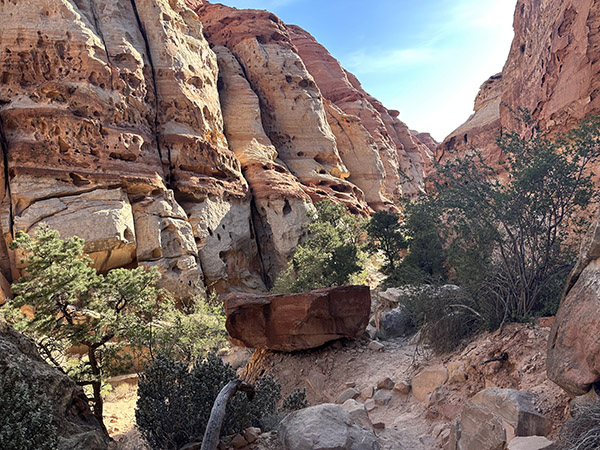
Don’t miss the enchanting Calf Creek Falls nestled at the bottom of a lush canyon. A short hike leads to a captivating waterfall. While leaving Calf Creek be sure to watch for a dirt road on the left with a sign for coffee. Take that turn and savor a cup of Joe with a view that will leave you speechless.
As I reluctantly approached the tiny town of Boulder, Utah, I realized I had made remarkable progress through the twisties. I was unexpectedly greeted by an old-school cattle round-up, complete with cowgirls and boys herding a large herd down Highway 12! After a brief turnaround, I found solace in my favorite restaurant, the Burr Trail Grill. Their farm-fresh ingredients delighted my taste buds, whether it was their fresh arugula salad topped with local goat cheese or their beastly-sized burgers that proved a challenge to conquer.
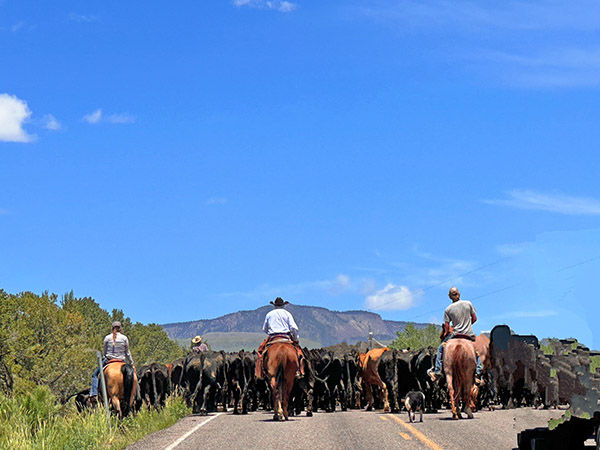
Resuming my journey on Highway 12, I found myself in an unexpected predicament. The cattle herd’s progress was slow and I crawled along clutching endlessly as I felt my left hand about to begin a serious complaint! Amidst the frustration, two memorable moments emerged. First, a passerby exclaimed, “Dude, you have the sweetest bike and setup!” We shared a laugh as he realized I was indeed “dudeless.” Second, after navigating my way to the front of the line, I convinced the lead cowboy to move the herd slightly to the right, allowing me to pass. Maneuvering my bike through the cows became a comical adventure, with prayers that the sound of my motor wouldn’t startle them. Experiencing this traditional cattle drive in 2023 felt like a slice of Americana and added yet another reason to love Utah.
Leaving the cattle behind I ascended Boulder Mountain, where endless views revealed the back of Capitol Reef on the right and scenic meadows with clusters of aspen, fir, and spruce trees on the left. Surprisingly, the mountain still boasted more snow than I expected in June. Camping, fishing, and wildlife viewing opportunities abound in this mountainous region, with numerous sites available. I’ve spent nights here savoring the breathtaking vista overlooking Capitol Reef and the sprawling valley floor.
As I arrived in Torrey, Utah, the end of Highway 12, I couldn’t help but lament the route’s brevity. With just 125 miles of captivating beauty, I yearned to turn around and experience it all over again. However, the call of the canyon beckoned me for a rewarding hike, followed by a well-deserved whisky to bring an end to a truly perfect ride.
Highway 12, Utah—truly a magical journey that captures the heart and leaves an indelible mark on the soul.
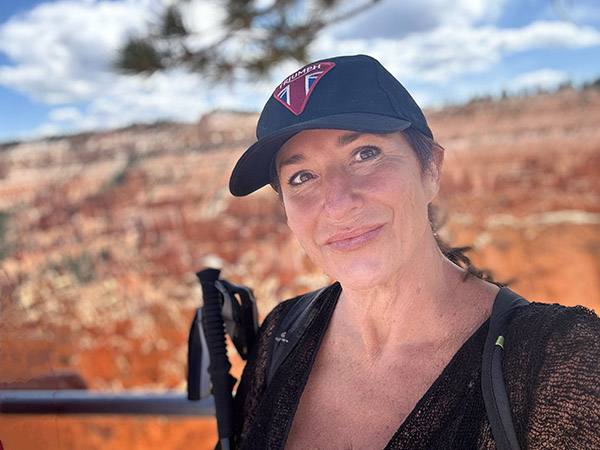
Never miss an ExNotes blog:


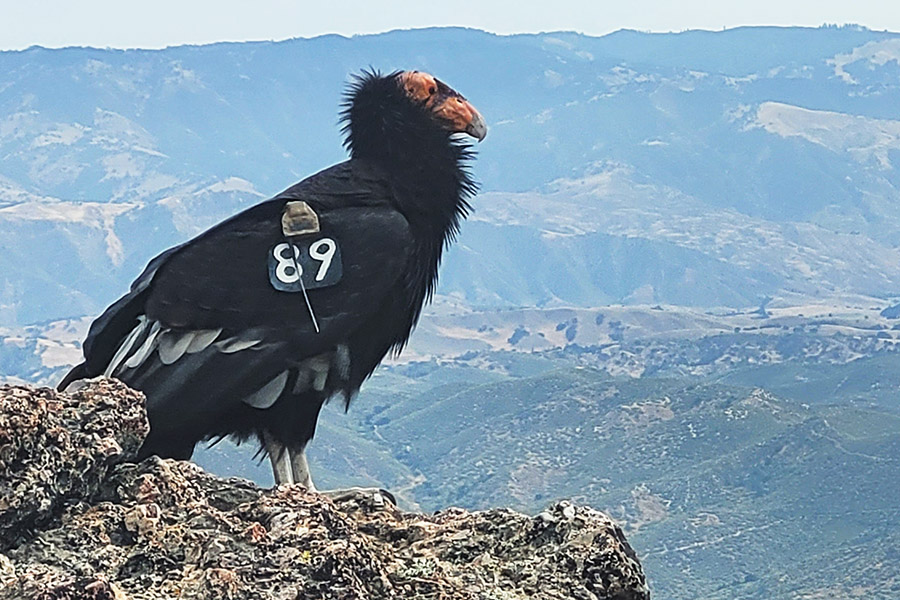
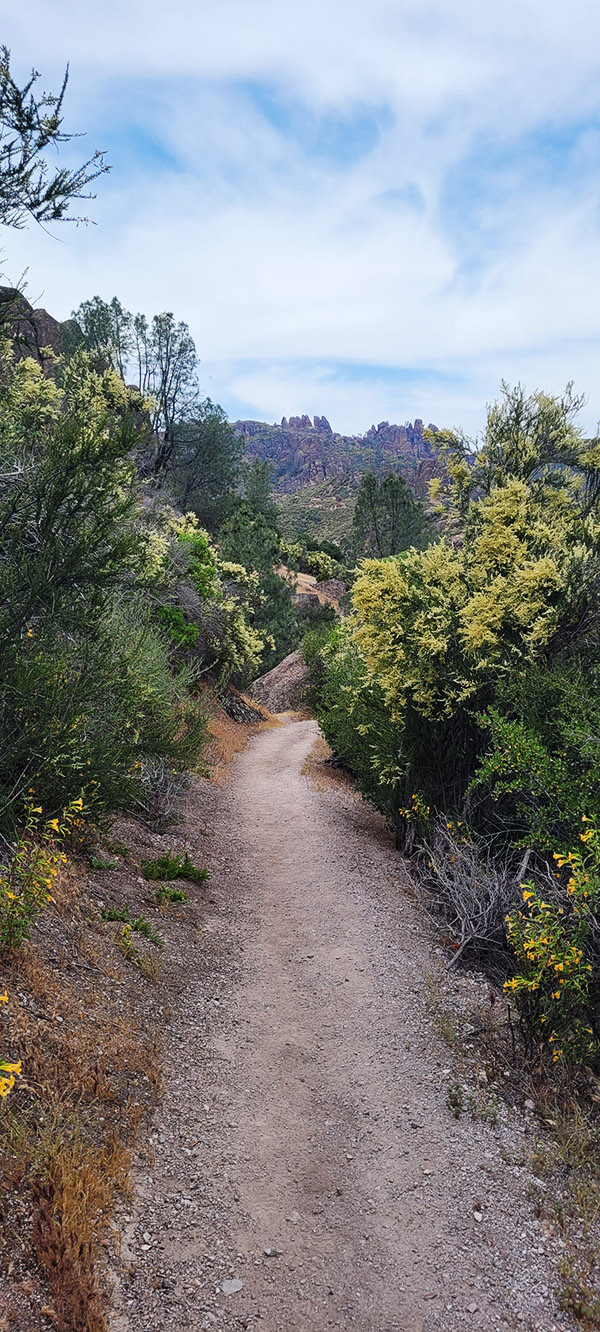
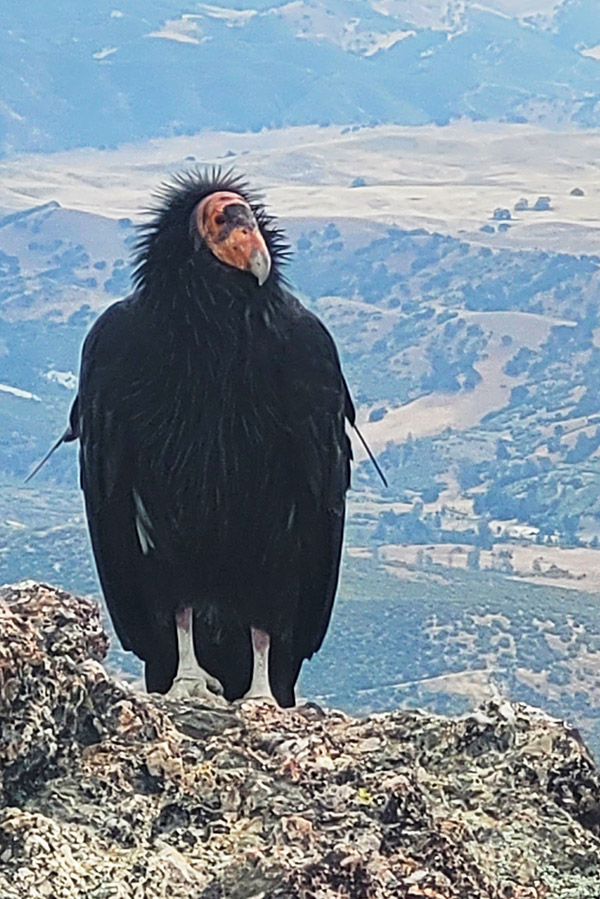
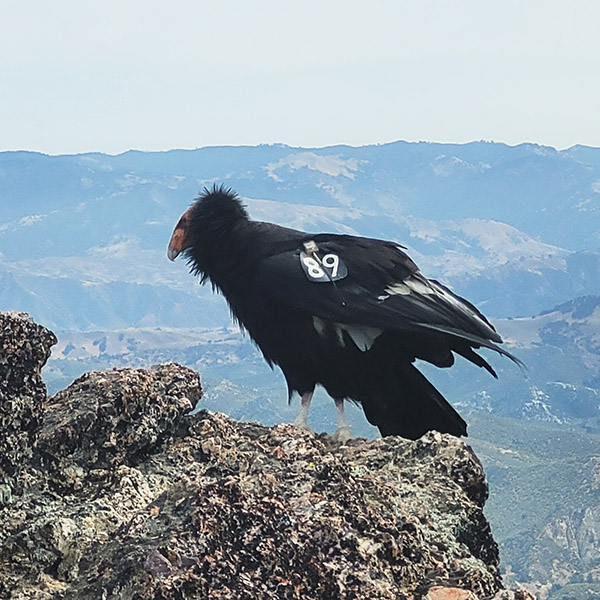
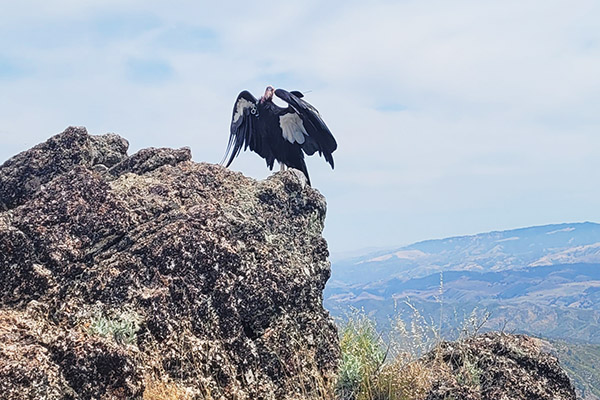
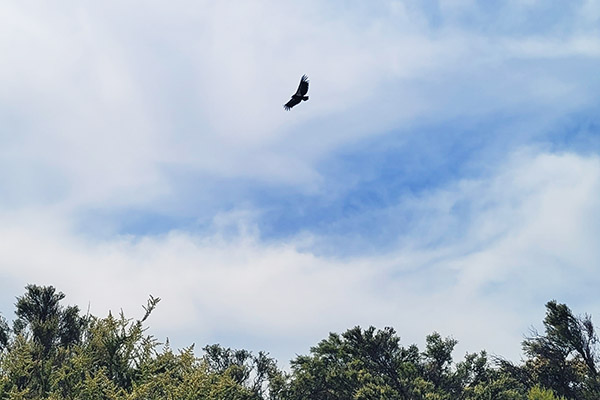
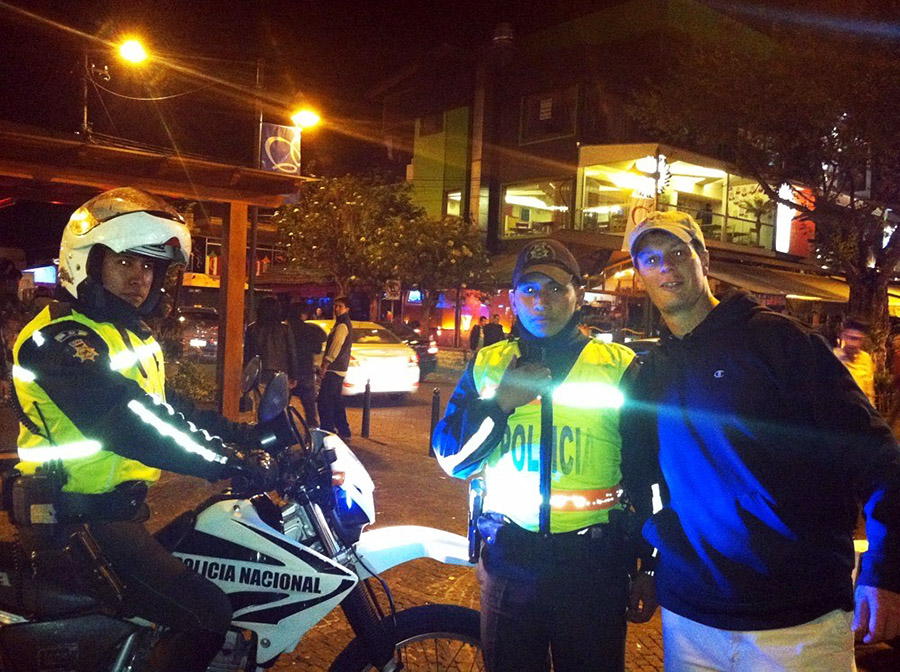
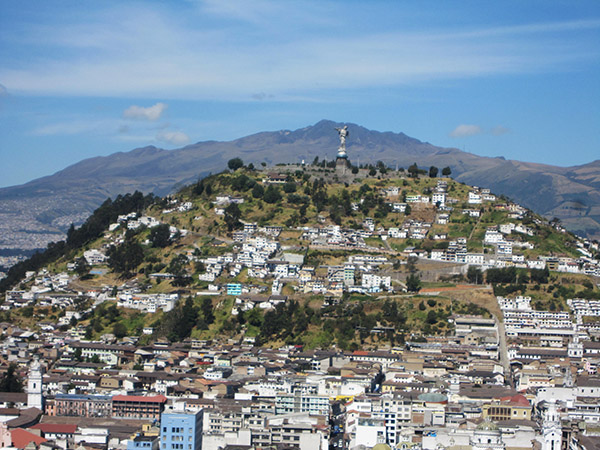 Having been in Panama and Nicaragua with such little luggage it was important to keep my packing to a minimum. This wasn’t very difficult as the countries I had been visiting were tropical and very warm. I was certain Ecuador would be the same, as Quito was on the equator. Where could be warmer than the equator. Well, it turns out a lot of places could be much warmer? Quito was indeed on the equator but is also nestled in the Andean foothills at an elevation of around 10,000 feet above sea level. To add to that it was August, so technically it was winter there (although the ambient temperature doesn’t fluctuate very much).
Having been in Panama and Nicaragua with such little luggage it was important to keep my packing to a minimum. This wasn’t very difficult as the countries I had been visiting were tropical and very warm. I was certain Ecuador would be the same, as Quito was on the equator. Where could be warmer than the equator. Well, it turns out a lot of places could be much warmer? Quito was indeed on the equator but is also nestled in the Andean foothills at an elevation of around 10,000 feet above sea level. To add to that it was August, so technically it was winter there (although the ambient temperature doesn’t fluctuate very much).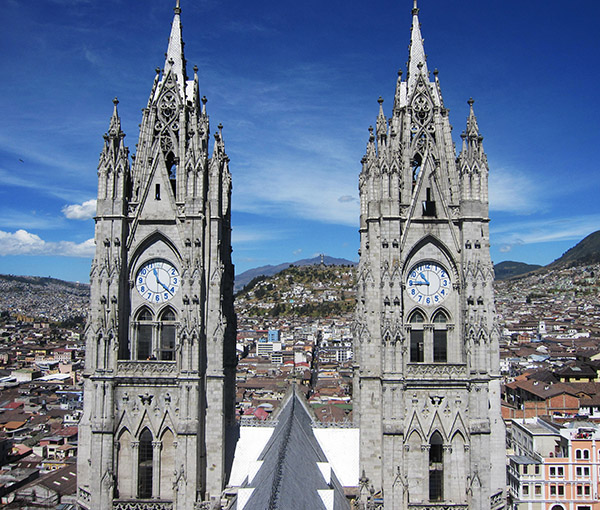
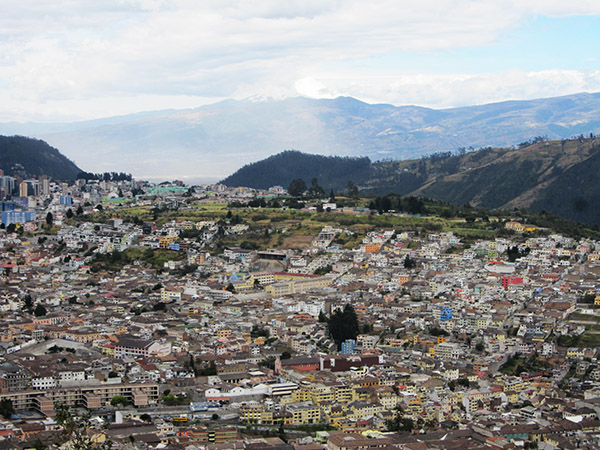
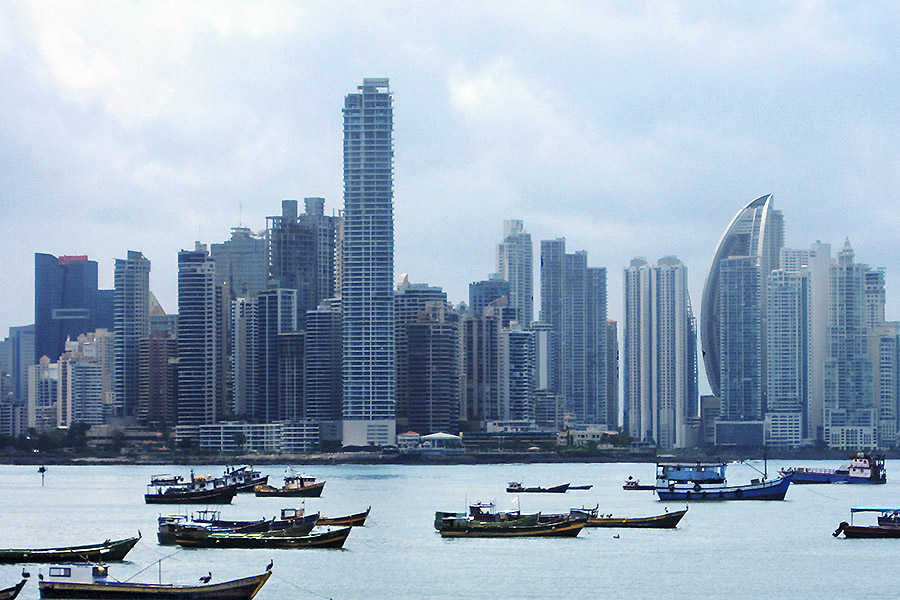
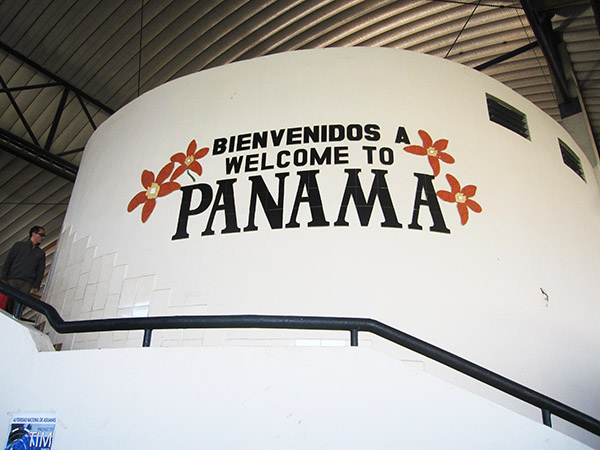
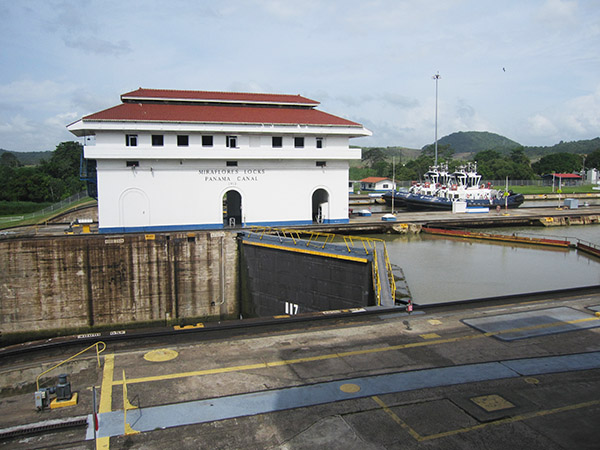
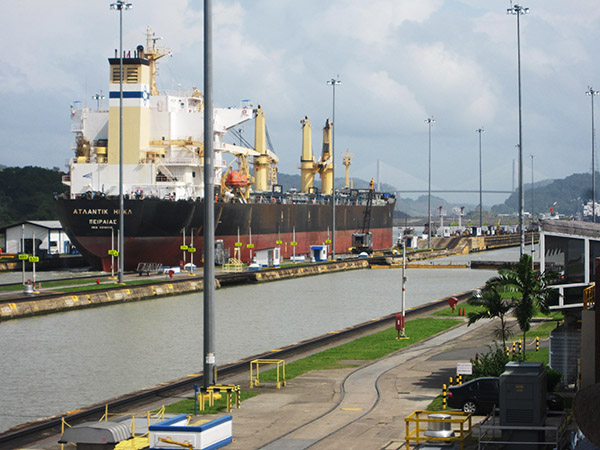

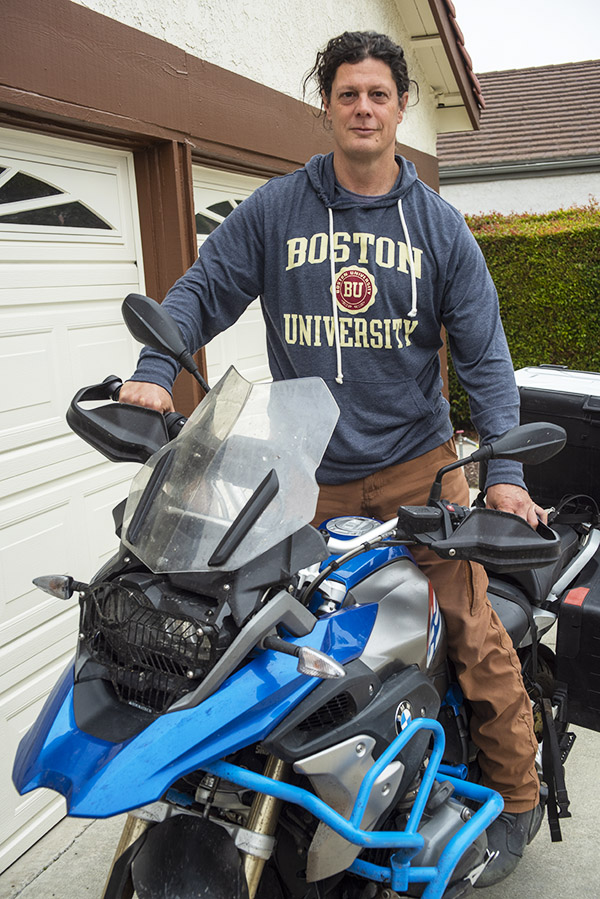
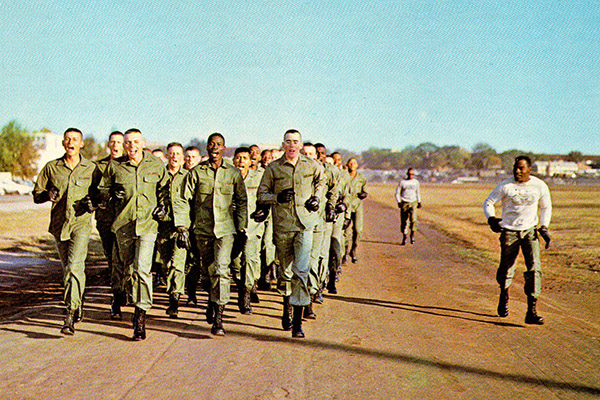
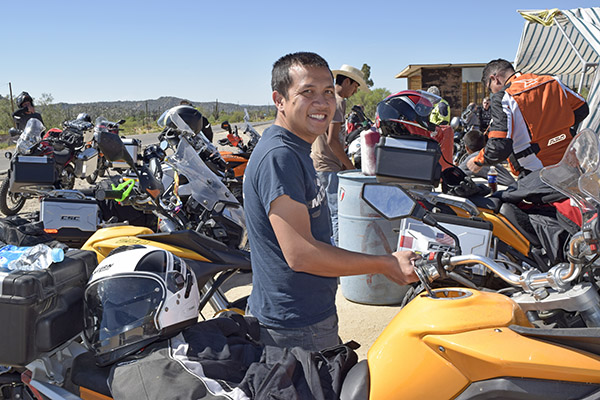
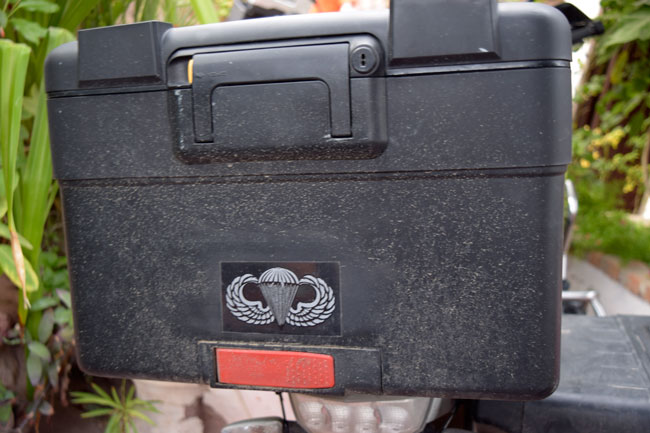
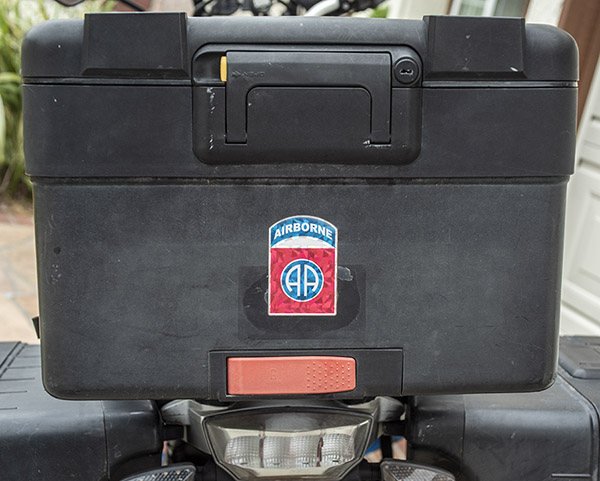
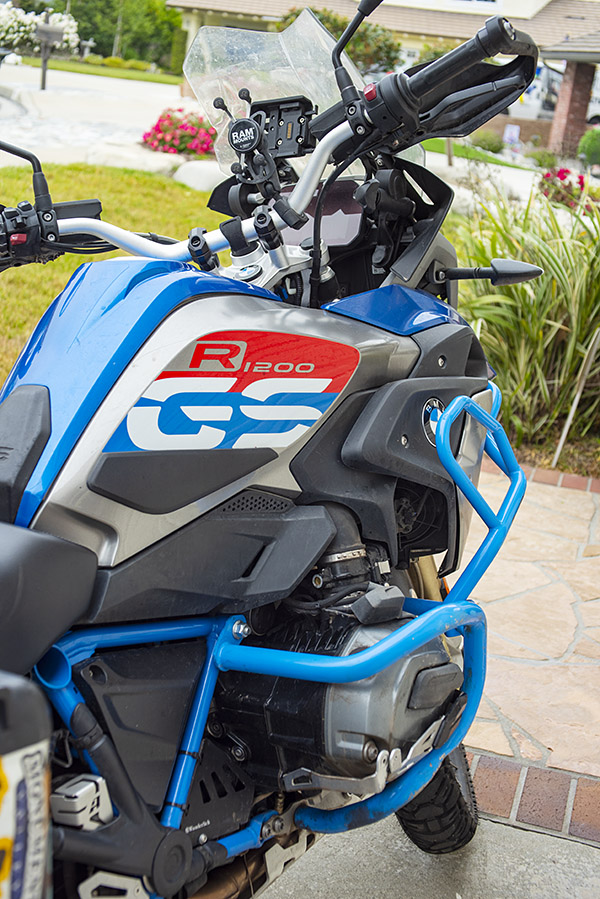
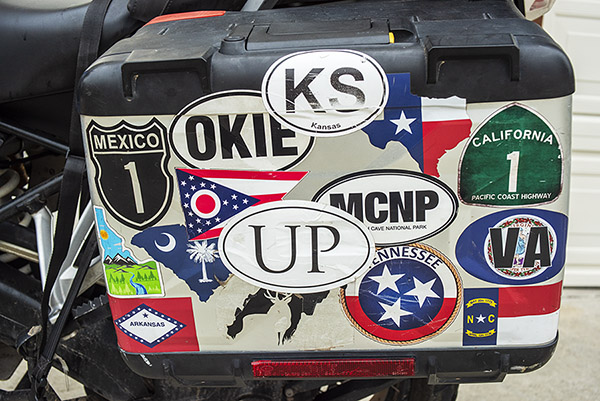
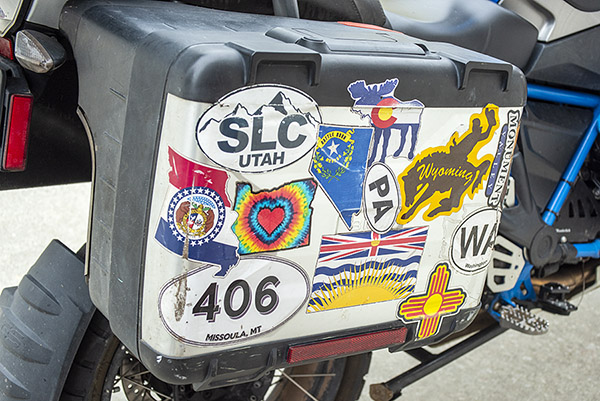
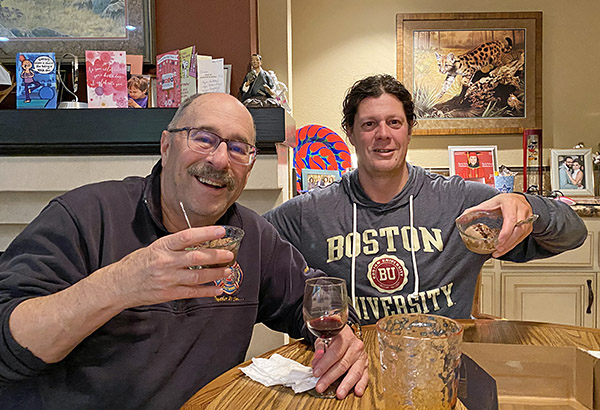
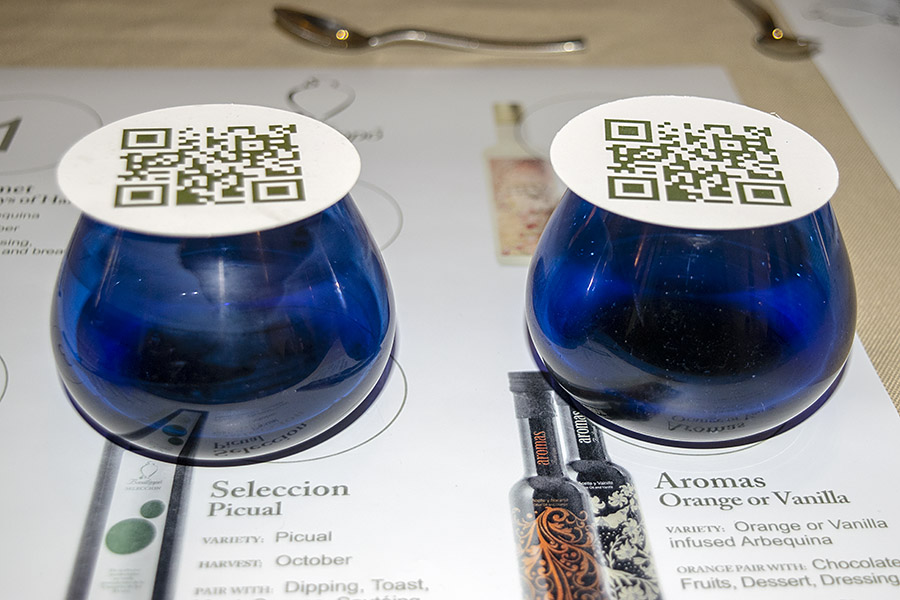
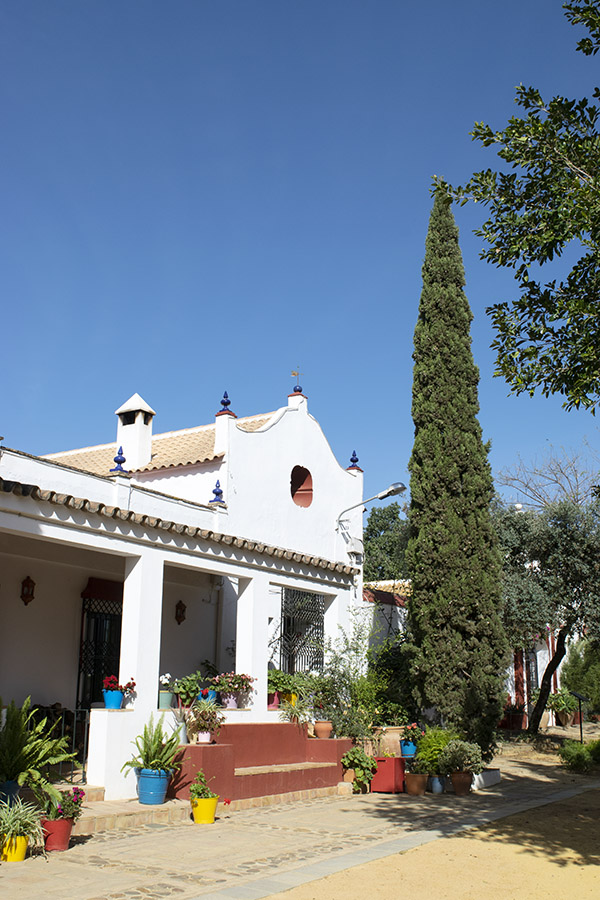
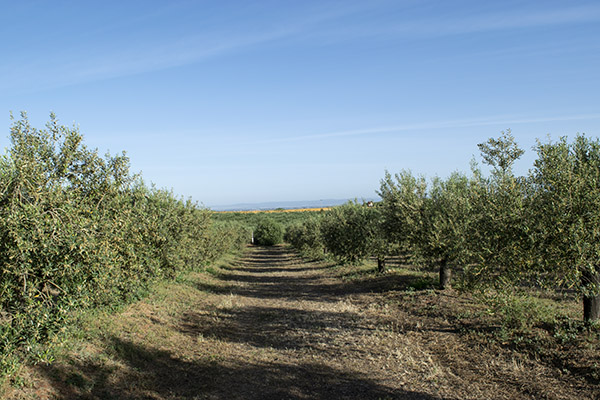
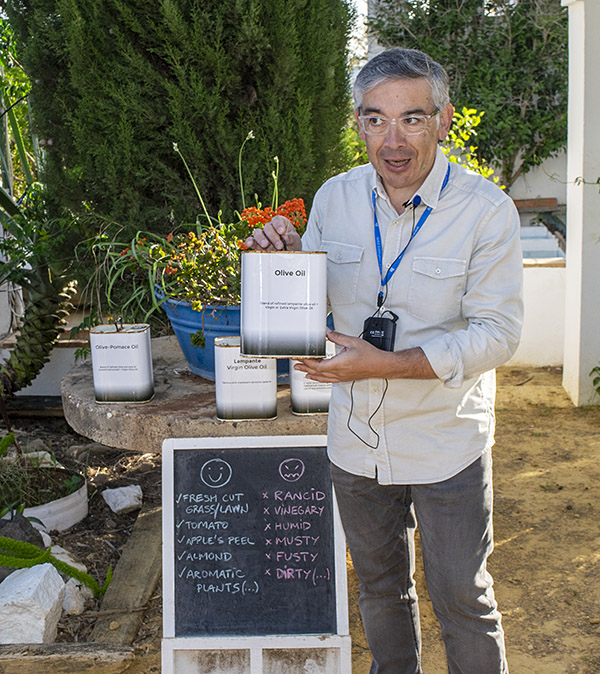
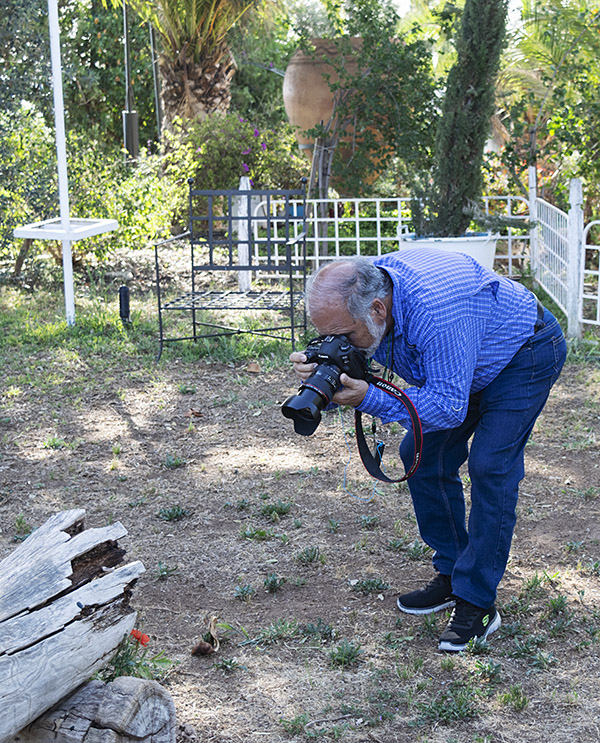
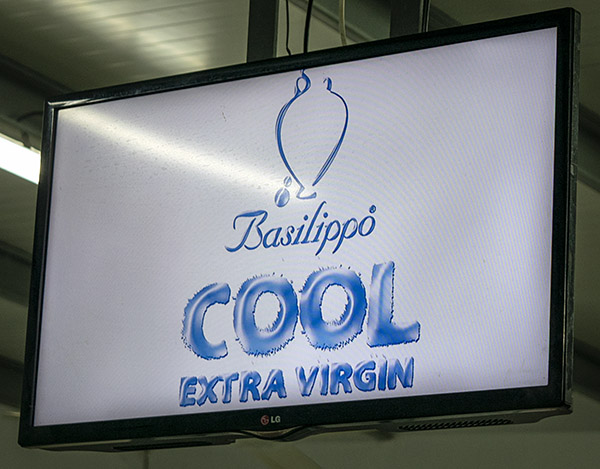
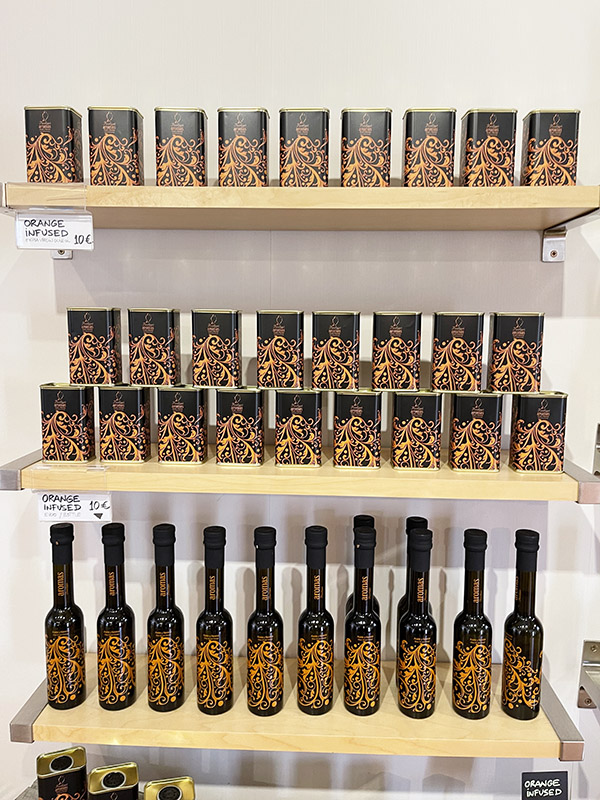
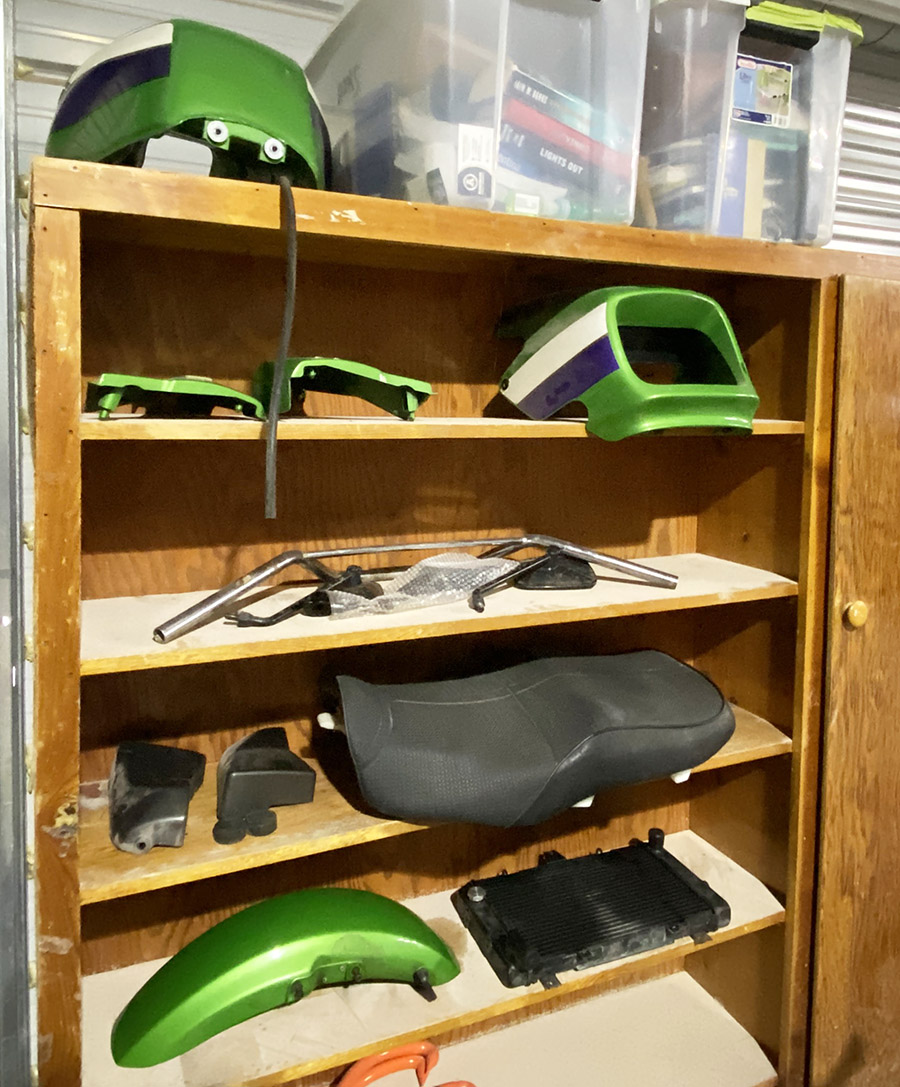












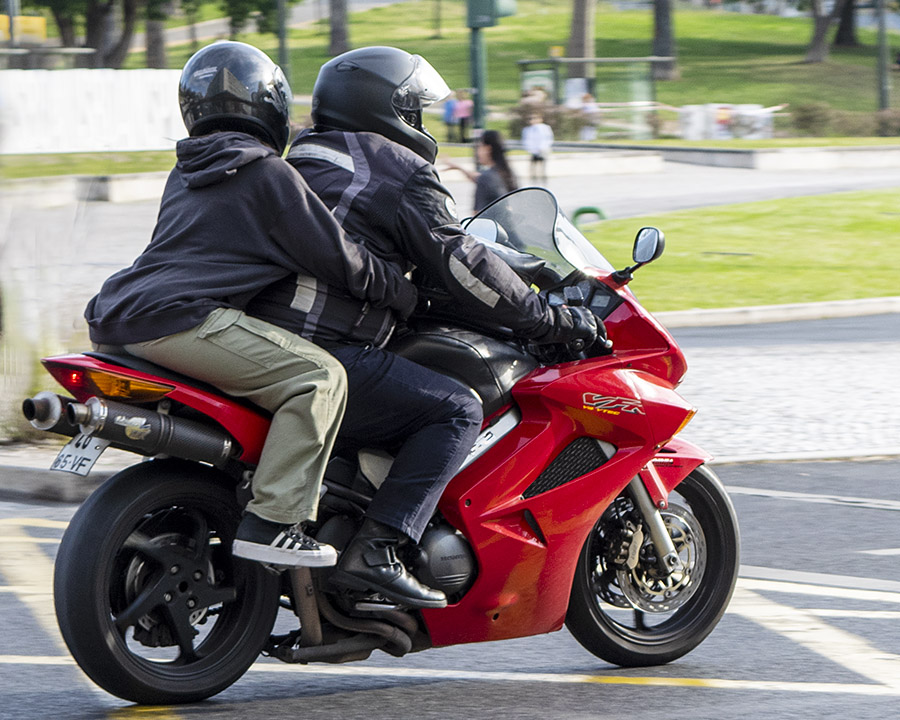
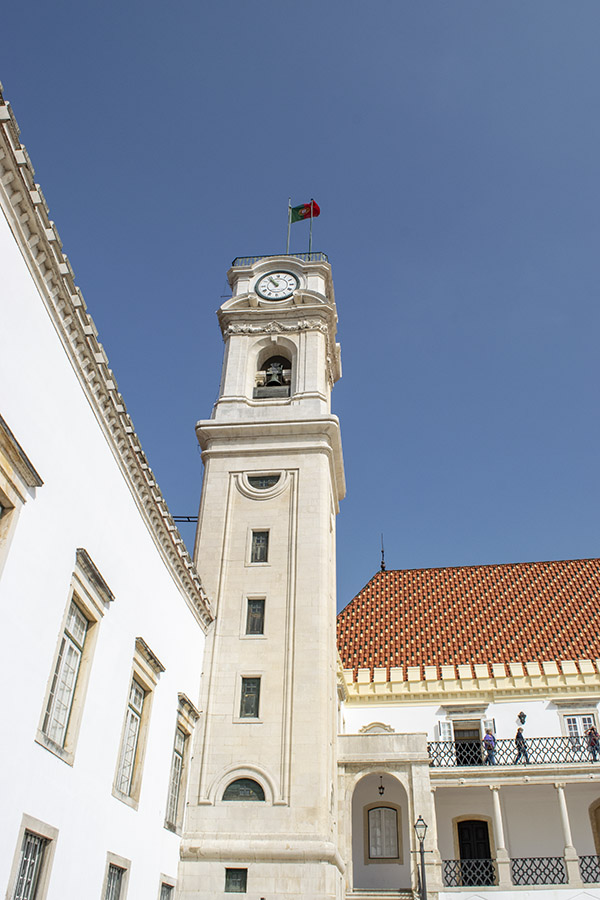
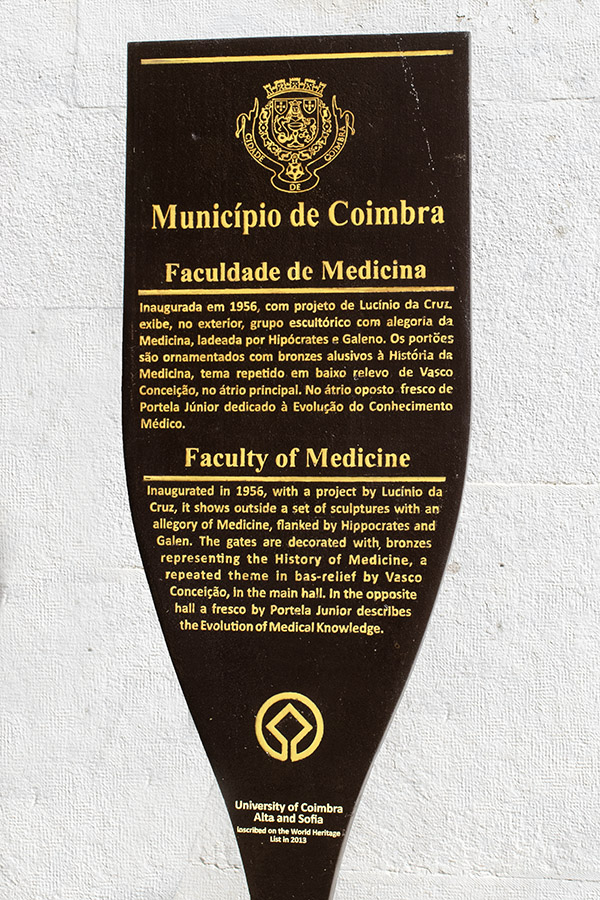
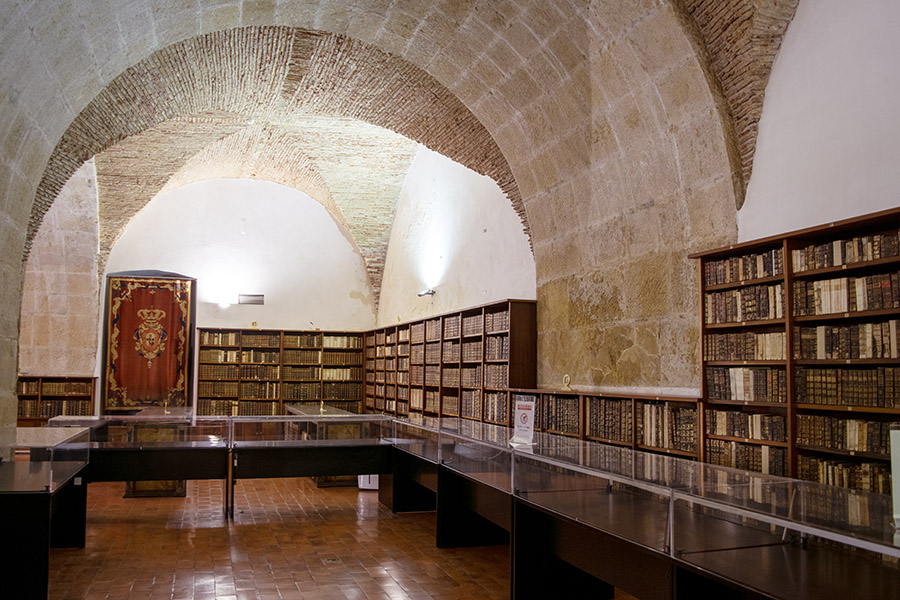

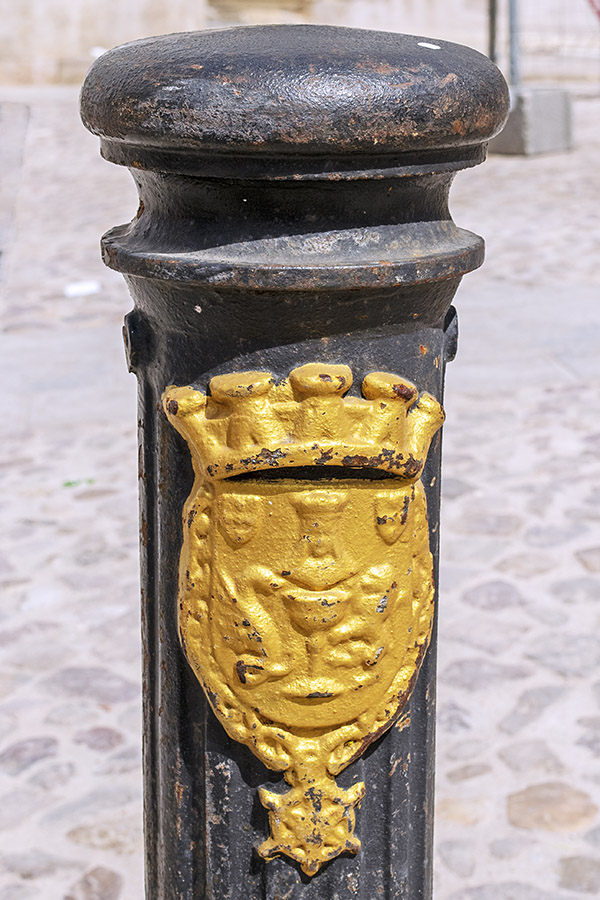
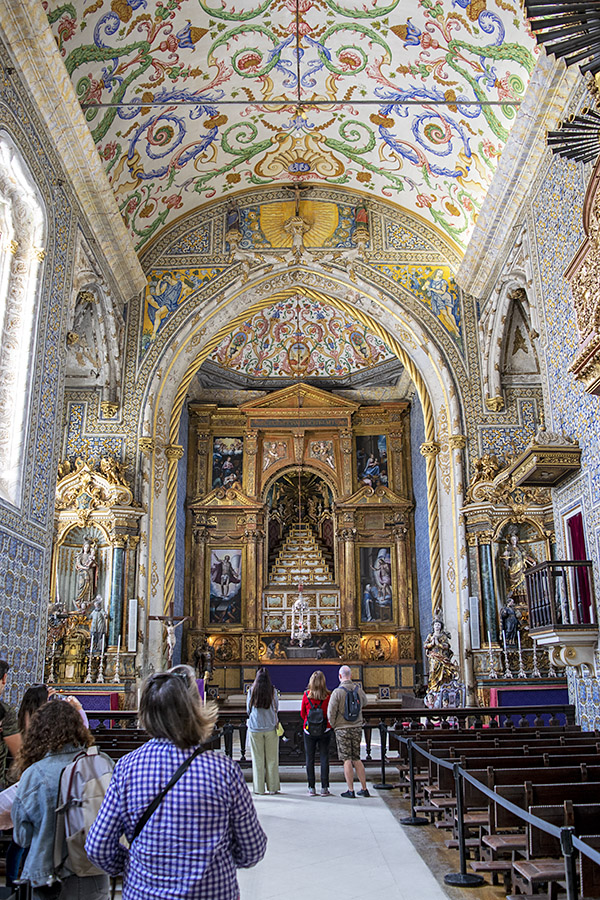
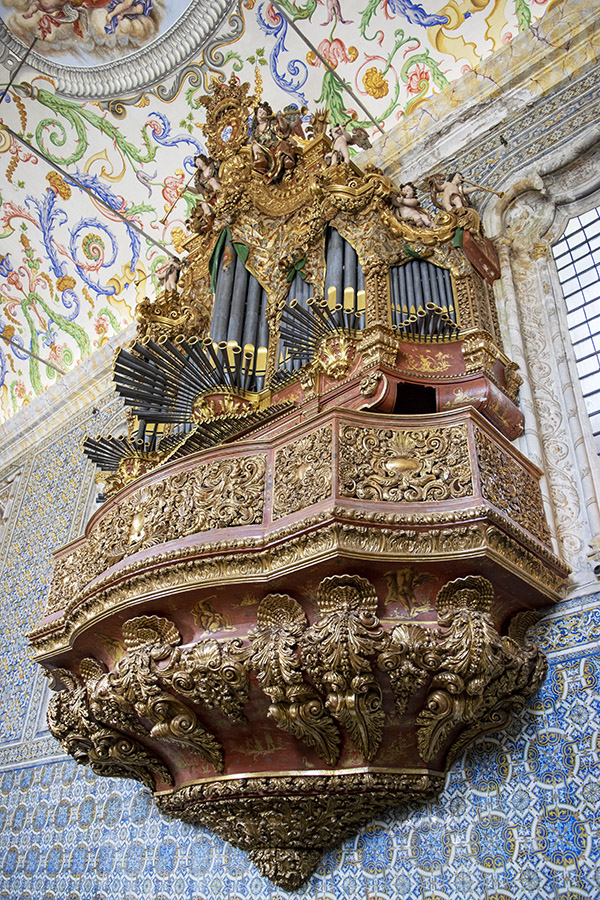
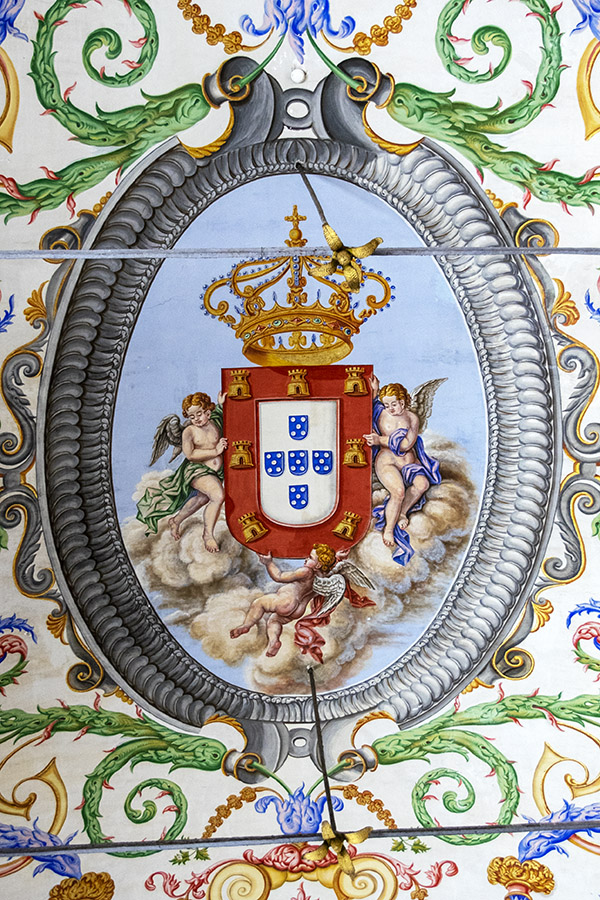
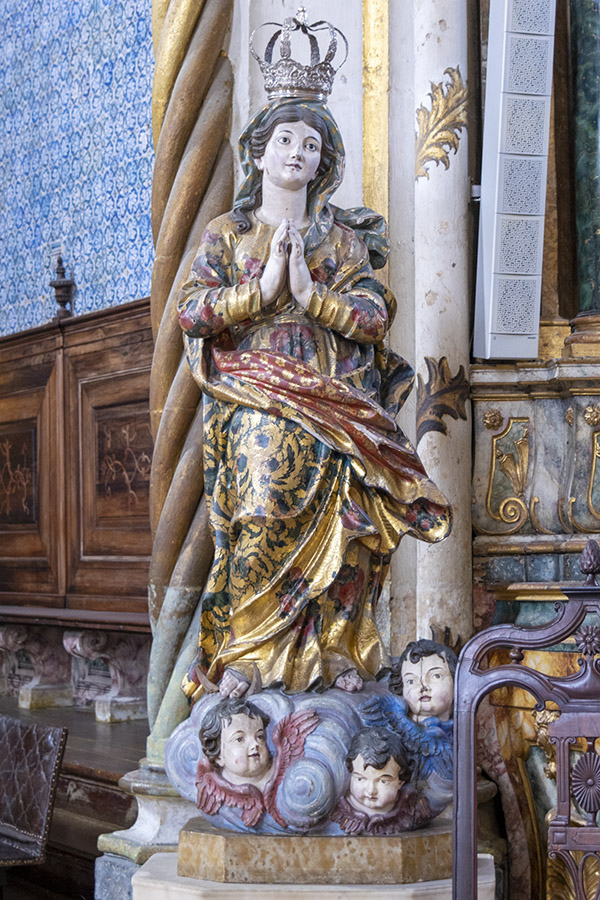
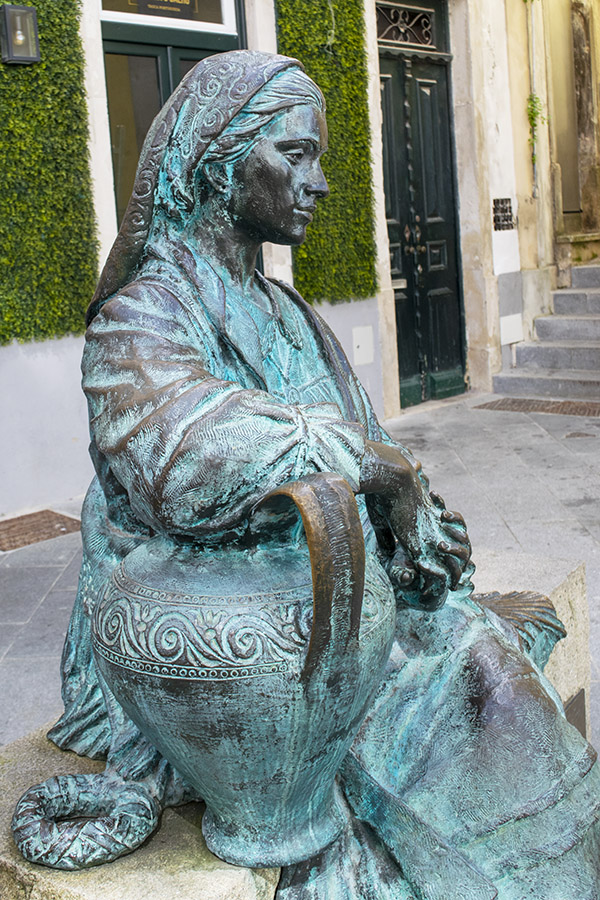
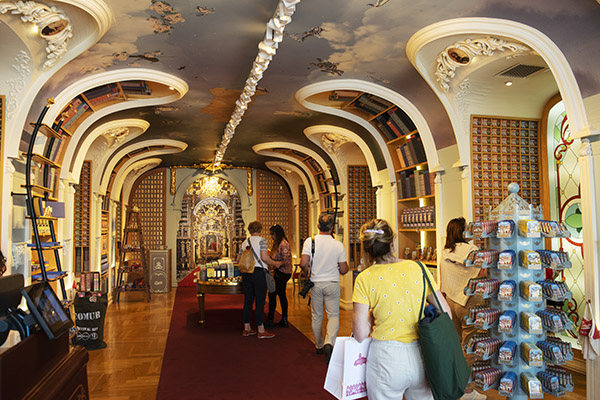
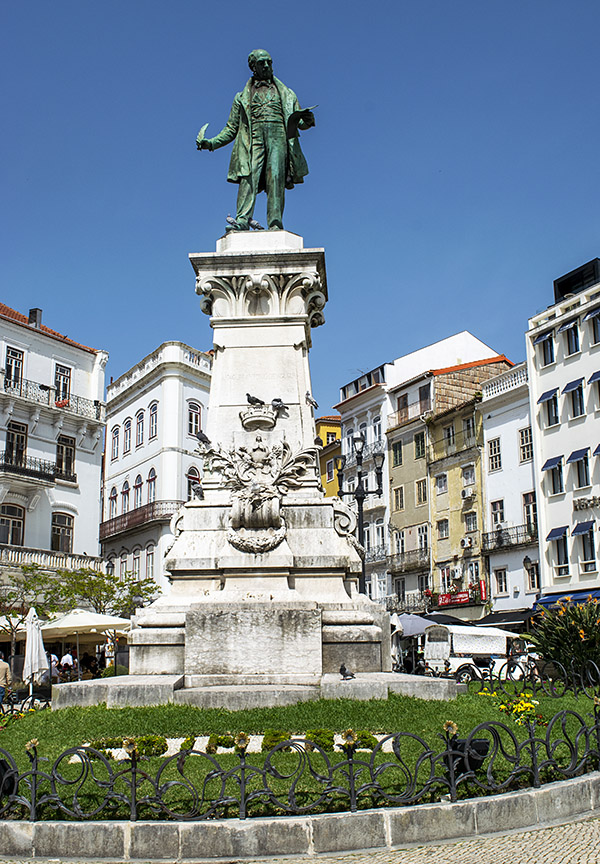
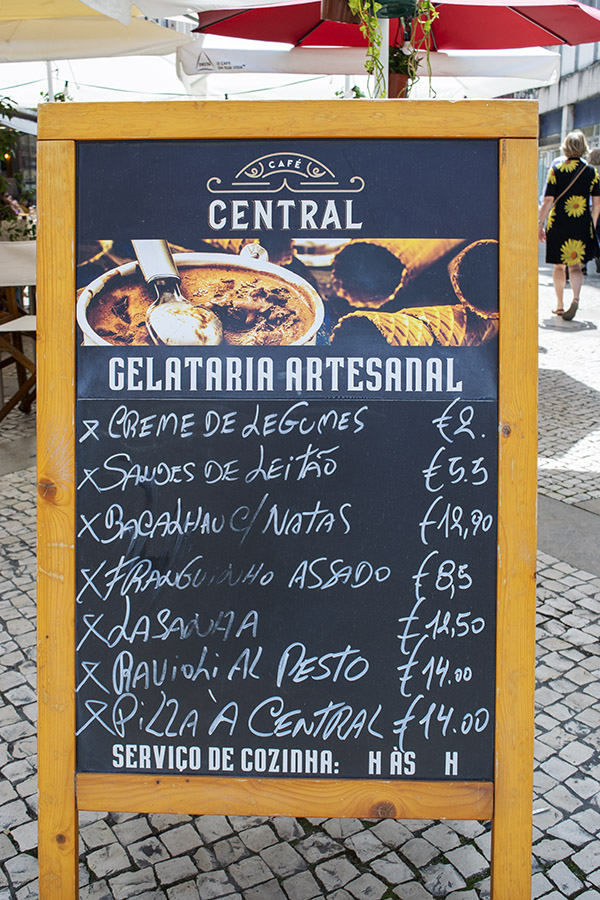
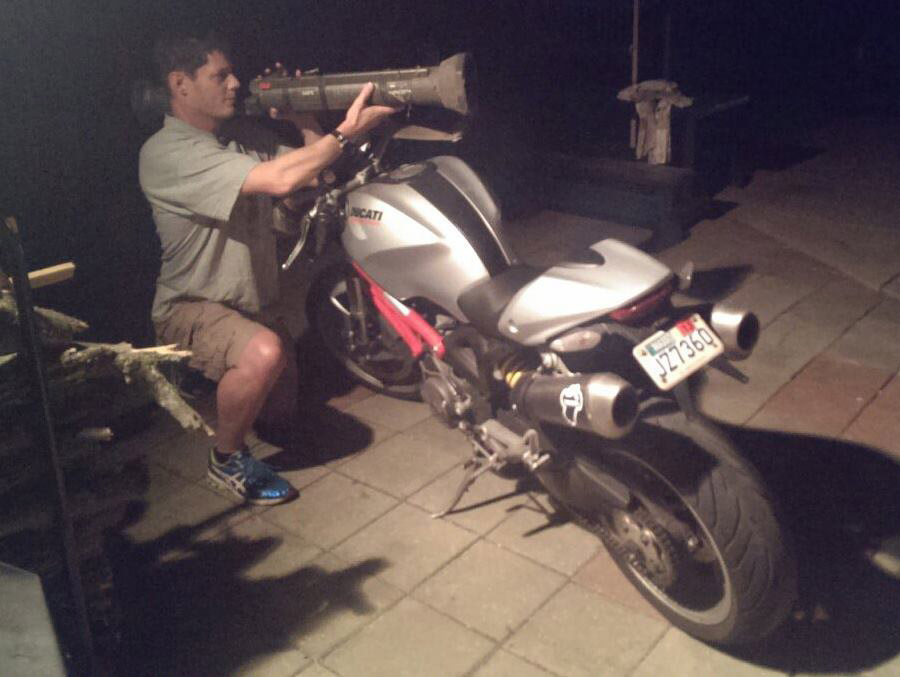
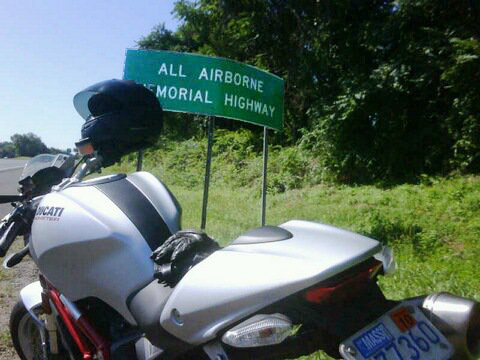
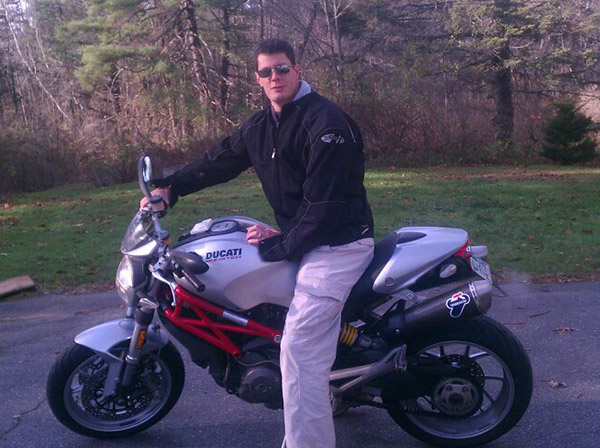
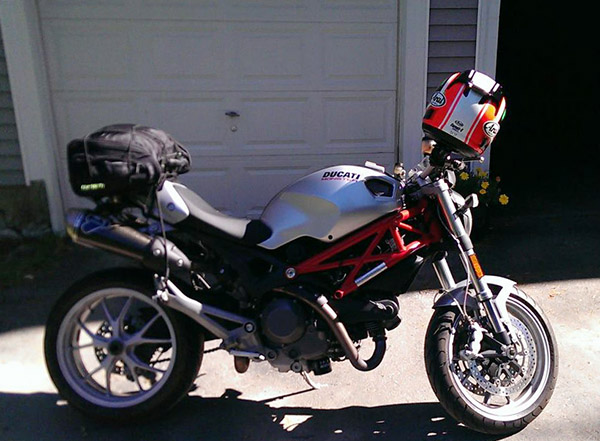
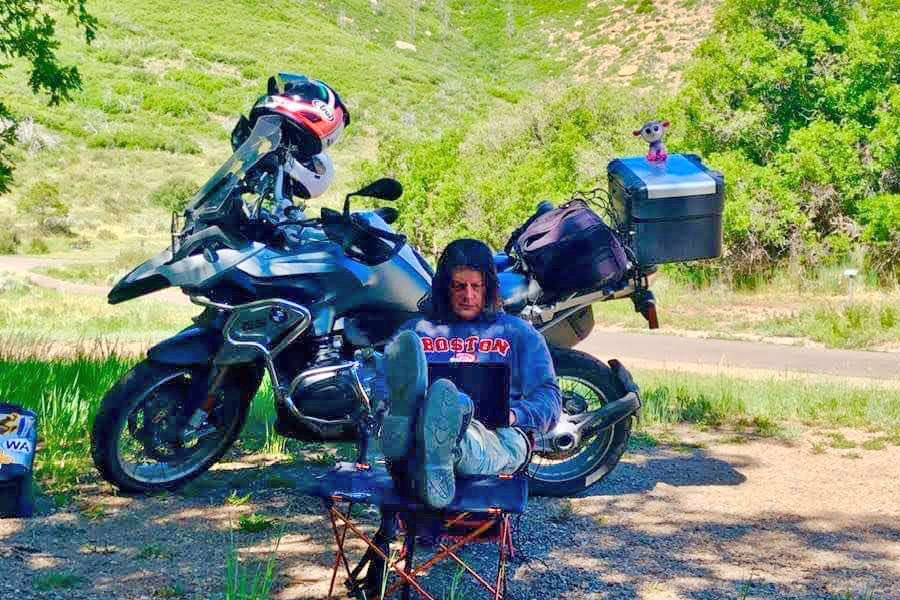
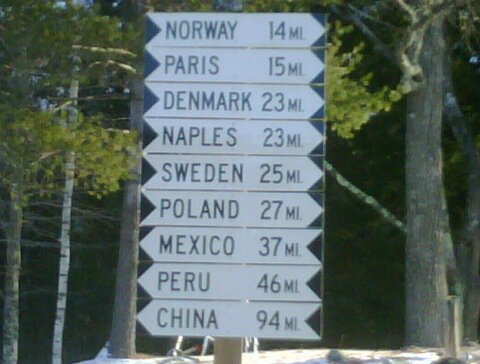 The first two years were mostly spent learning to excel in my new position as a project manager along with clumsily discovering how to adjust my work/life balance in creative ways. This involved motorcycling throughout New England in between work responsibilities.
The first two years were mostly spent learning to excel in my new position as a project manager along with clumsily discovering how to adjust my work/life balance in creative ways. This involved motorcycling throughout New England in between work responsibilities.